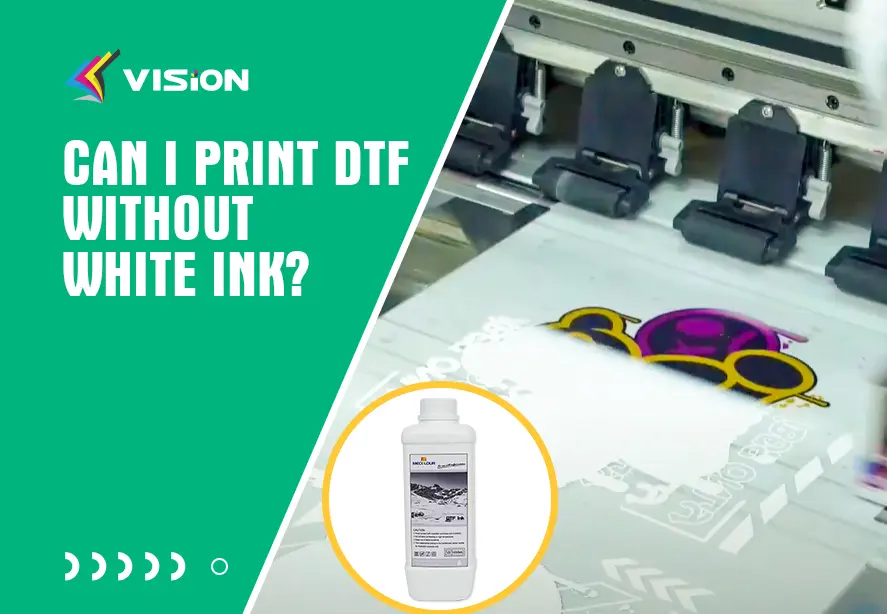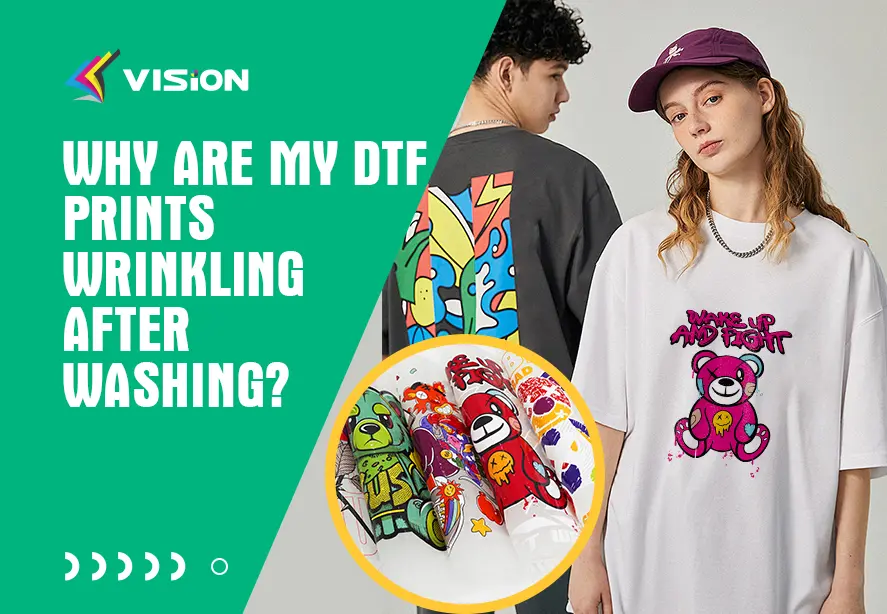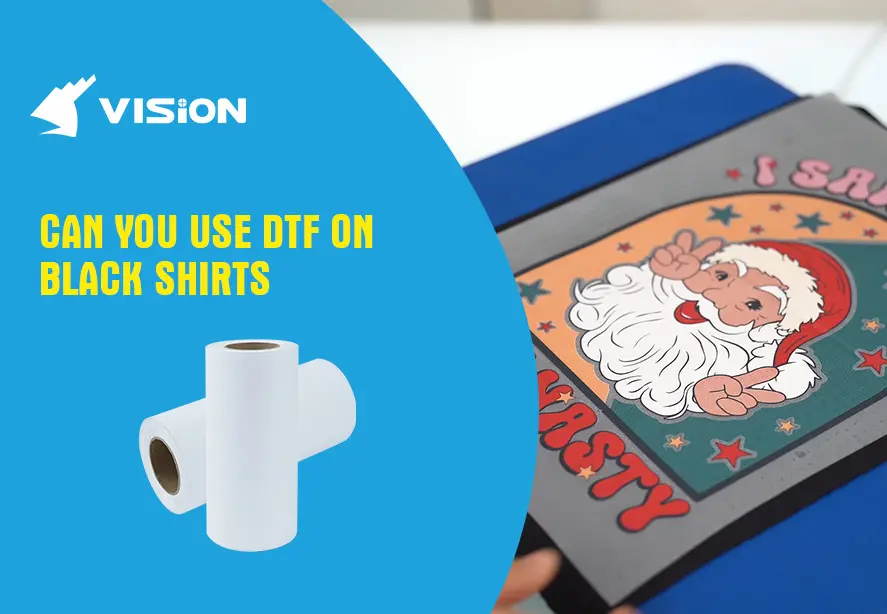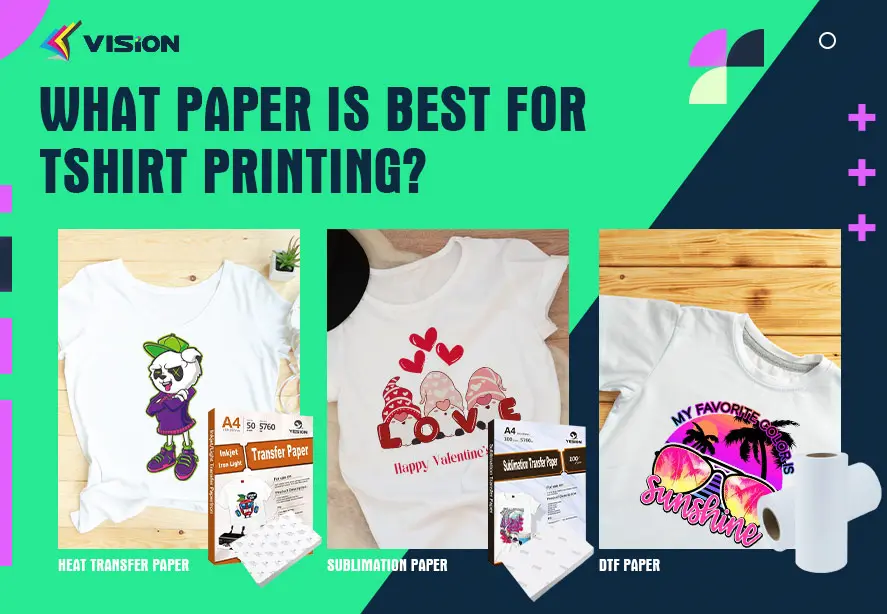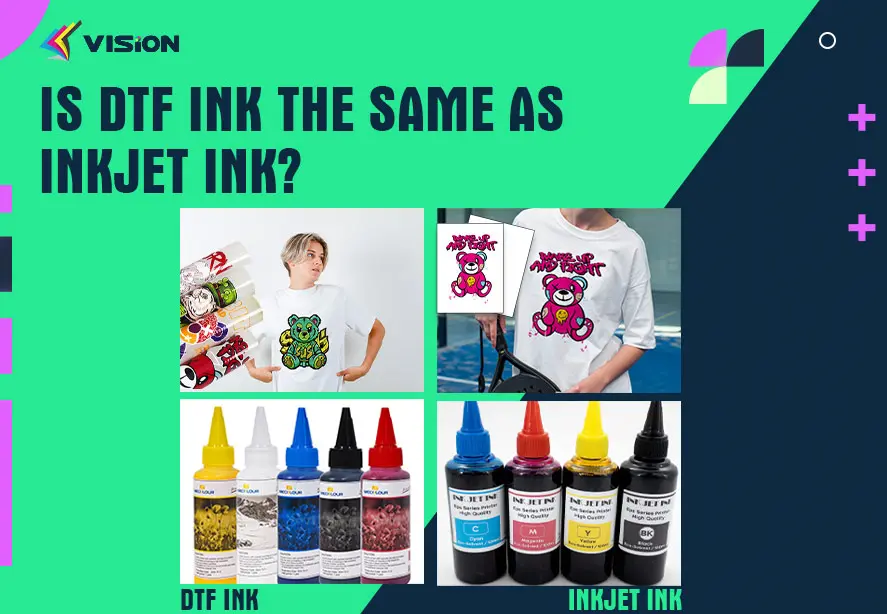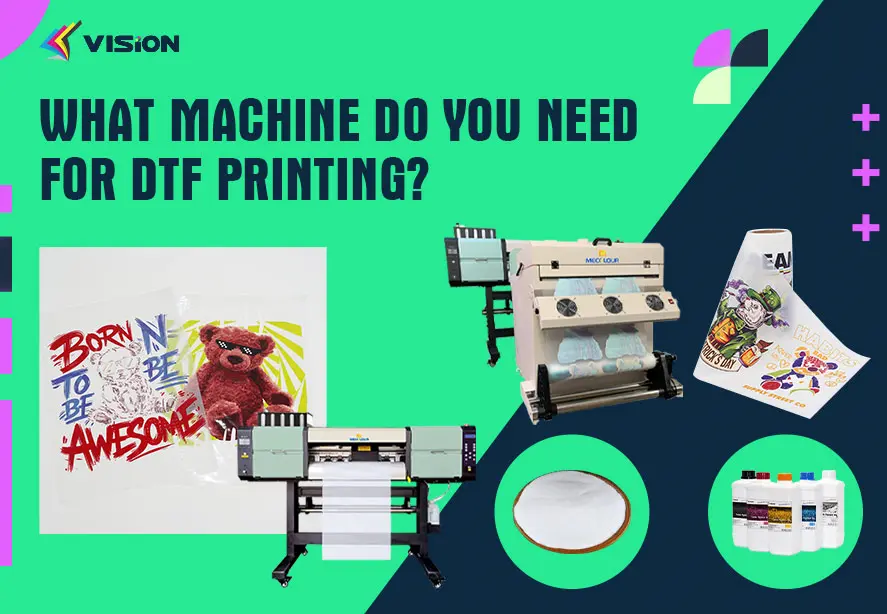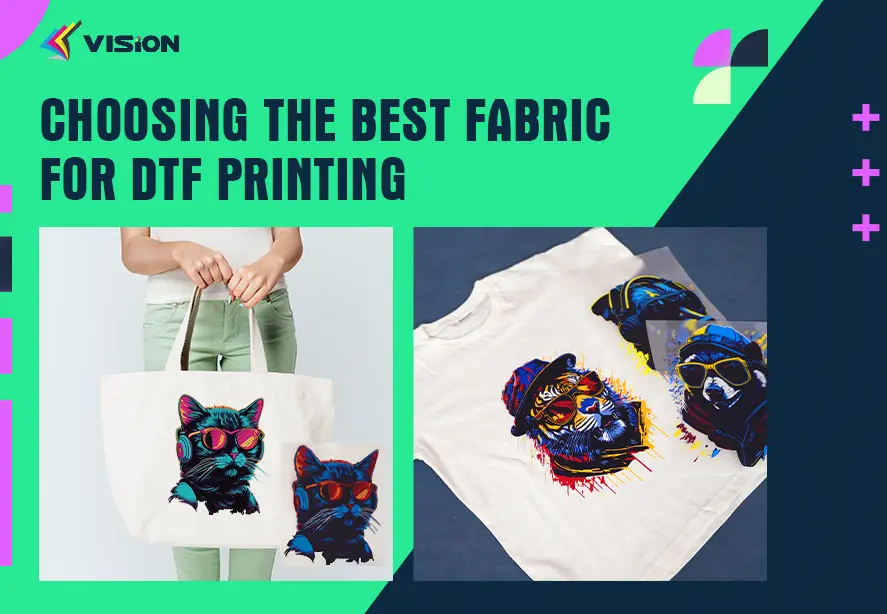Is DTF printing suitable for small or large-scale production?
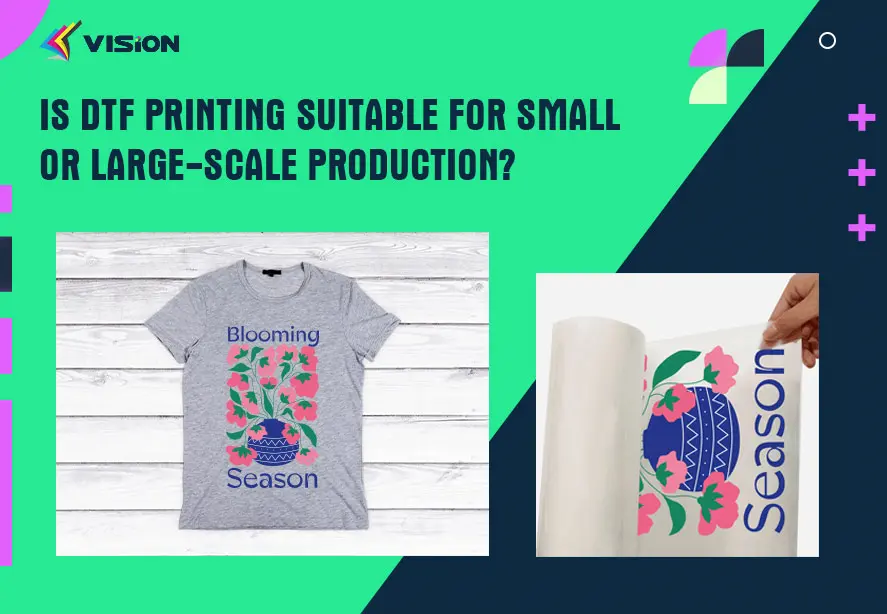
Direct-to-Film (DTF) printing is gaining popularity in the printing industry. It offers flexibility and ease of use, making it suitable for various types of production. But is DTF printing better for small or large-scale production? We’ll delve into the advantages and considerations for both small and large-scale operations.
DTF Printing Suitability for Small-Scale Production
Advantages for Small Businesses
DTF printing can be an excellent choice for small-scale production due to several factors:
Low Initial Investment: Compared to other printing methods, DTF requires relatively affordable equipment, making it accessible for small businesses and startups.
Versatility: DTF can print on various fabrics and colors, allowing small businesses to offer a diverse range of products without significant additional costs.
No Minimum Order Quantities: Unlike some other printing methods, DTF allows for printing single items or small batches, which is ideal for custom orders or limited edition runs.
Quick Turnaround: The DTF process is relatively fast, enabling small businesses to fulfill orders quickly and efficiently.
Considerations for Small-Scale Operations
While DTF is suitable for small-scale production, there are some factors to consider:
Learning Curve: Mastering the DTF process requires practice and patience, which may initially slow down production for newcomers.
Space Requirements: Even though DTF equipment is compact, small businesses need to ensure they have adequate space for the printer, heat press, and powder shaker.
DTF Printing Step-by-step Tutorial
DTF Printing Suitability for Large-Scale Production
Advantages for Large Businesses
DTF printing can also be adapted for large-scale production:
Scalability: As demand grows, businesses can easily add more DTF printer to increase output.
Consistency: Direct-to-Film printing offers consistent results across large batches, ensuring quality control in high-volume production.
Cost-Effective for Medium Runs: For medium to large runs, DTF can be more cost-effective than traditional screen printing, especially for multi-color designs.
Reduced Waste: DTF produces less waste compared to some other printing methods, which is beneficial for large-scale operations concerned with sustainability.
Considerations for Large-Scale Operations
Large businesses should keep in mind:
Production Speed: While DTF is faster than some methods, it may not match the speed of high-volume screen printing for very large orders.
Equipment Maintenance: With increased production, more frequent maintenance of DTF printers and other equipment is necessary to ensure consistent quality.
Supply Chain Management: Large-scale operations need to carefully manage their supply of films, inks, and powders to avoid production interruptions.
We can conclude that DTF printing is indeed suitable for both small and large-scale production, albeit with different considerations for each. Its versatility, relatively low entry cost, and scalability make it an attractive option for businesses of various sizes.
For small-scale production, DTF offers the flexibility to produce custom and small-batch orders efficiently. It allows small businesses to compete in the market with a diverse product range without significant upfront investment.
In large-scale production, DTF provides consistency and cost-effectiveness, especially for medium to large runs. While it may not entirely replace traditional methods for extremely high-volume orders, it offers a valuable alternative that can complement existing production processes.
How to use rainbow reflective DTF film steps by steps?
Ultimately, the suitability of DTF printing for any business depends on specific needs, target market, and long-term goals. By carefully considering the advantages and potential challenges, both small and large businesses can leverage DTF printing to enhance their production capabilities and meet customer demands effectively.
Related:
Introduction to DTF printing
Why need a DTF printer in DTF printing technology?
DTF printing: Is it worth?




